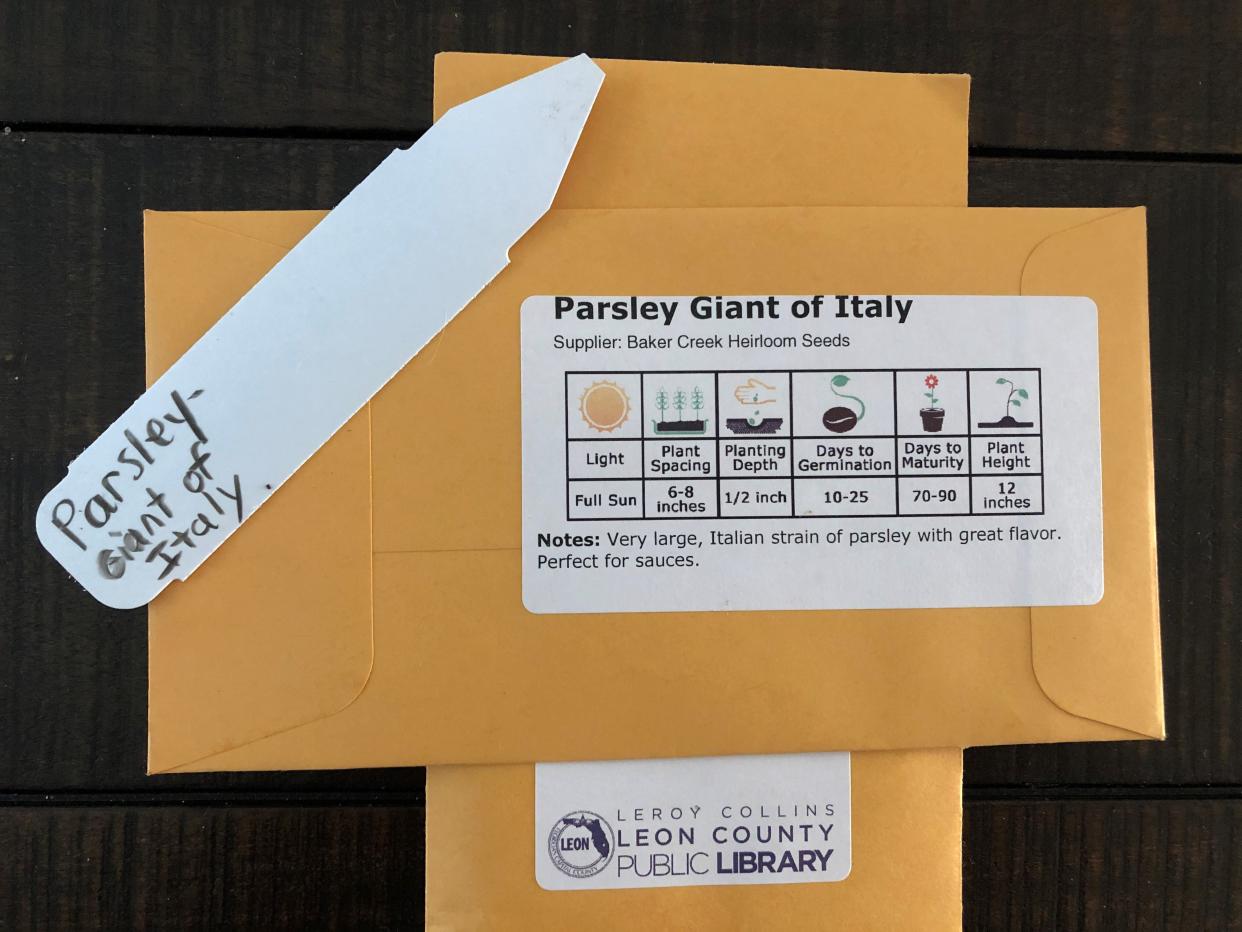What's in a seed? Big things come in small packages

Most home gardeners believe that a seed taken from one of their plants will grow into the same type of plant. However, with the increasing prevalence of hybrid plants, this isn’t always the case. So, how can you tell if your plants are hybrids, and what does it mean?
The first clue lies in examining the seed packets themselves. Most seed packets will indicate whether they are heirloom or hybrid varieties on the front of the package. Hybrid seed packets might also use the term “F1” instead of the word “hybrid” to indicate they are first-generation hybrids.
Heirloom seeds
Heirloom seeds are a familial line of plants that have been grown for at least 50 years that reproduce naturally through cross-pollination. Cross-pollinated plants come from two varieties of the same plant species that reproduce via natural pollinators such as wind, birds, or insects.
Self-pollinated plants possess both male and female parts and can reproduce by themselves. They breed true to the parent plant and do not require isolation to avoid contamination from other varieties.

These plants have developed stable genetic characteristics over time. They are more genetically diverse, providing a greater variation in traits such as size, color, and taste. This diversity can be beneficial because it allows plants to adapt to local growing conditions.
One of the most significant advantages of open-pollinated seeds is that they come “true to type.” This means that gardeners can save seeds from their best plants each year, gradually developing varieties that are uniquely suited to their specific micro-environment. This is an excellent way to support biodiversity, resilience, and sustainability in gardening.
For a time, they were considered rare seeds, however, many people now look for and use heirloom seeds to maintain variety in their gardens. They are excellent choice for gardeners because of their natural ability to pollinate and regrow each year from saved seeds.

Often, classic heirloom varieties evoke a sense of nostalgia because they were often found in the gardens of older generations. In fact, heirloom seeds can become an important part of a family’s history as they are passed down from one generation to the next.
There are several seed purveyors that only handle heirloom varieties. The disadvantage is that these plants do not, generally, yield as much produce as hybrid seeds, and can be more vulnerable to diseases and pests.
Hybrid seeds
Hybrid seeds, on the other hand, are the result of highly-controlled cross-pollination between different varieties of the same species of plants. Although cross-pollination can and does occur in nature, the results are too random to be reproduced and marketed on a mass scale.
As a result, the hybrids sold in stores are created under controlled conditions. In order to sell a hybrid variety commercially, its breeding must be carefully monitored in order to ensure that the same characteristics are present across all plants sold under that name. The hybridization often focuses on uniformity, enhanced pest/disease resistance, color, and size, among other factors.
On the surface that sounds like a win-win, but hybrids have some drawbacks. By chance or design (increasingly by design), many hybrid plants produce no seeds at all. For those plants that do produce viable seeds, the next generation’s plants will not resemble the previous year’s plants. This is because, of course, hybrids are produced by different varieties of the same species of plants. That doesn’t necessarily mean that they will produce inferior plants, just that they won’t resemble what was planted the previous year.
Unfortunately, this high level of human involvement in their development causes many to incorrectly believe that hybrid plant varieties are also “genetically modified.”

Genetically modified seeds, which are seeds that have had their DNA altered through genetic engineering to introduce new traits, has not readily been available to grow in home gardens.
However, recently a company called Norfolk Plant Sciences developed a tomato that contains genes from a snapdragon flower. This modification increases the anthocyanin content of the tomato and gives it a deep purple color throughout the skin, seeds, and flesh. It is the first genetically modified seed marketed directly to home gardeners.
Each type has strong points
So, which is better: heirloom or hybrid? Although both have their advantages and disadvantages, neither type is technically better than the other because they both have their place in the modern gardening world.
Heirlooms provide seeds to grow new plants that are true to their parents, produce vegetables that many gardeners claim taste superior to hybrids, and help preserve genetic diversity. You also get the added perk of caring for a plant species that has existed for many generations.

Hybrids came about because of a desire to control the quality and amount of yield more accurately when growing plants like tomatoes, potatoes, and eggplants and for their ability to resist certain pests and diseases. Thus, they allow for more uniform fruits overall and are better when you want a large amount of the plant in a shorter period.
Therefore, the type you should grow really depends on what you want for your harvest. Remember that vegetable varieties that perform well elsewhere in the U.S. don’t always have the same success in the Sunshine State.
Florida is a long state with 67 counties spanning USDA Hardiness Zones 9a to 11b (planthardiness.ars.usda.gov). What will grow in one area may not grow in another area because of the differences in soil, temperature, and weather.
If you have more questions about seeds, consult the UF/IFAS EDIS publications Seeding in the Garden (edis.ifas.ufl.edu) and Florida Vegetable Gardening Guide or contact your local UF/IFAS Extension office.
Camille Stein is a Master Gardener Volunteer with UF/IFAS Extension Leon County, an Equal Opportunity Institution. For gardening questions, email the extension office at [email protected].
This article originally appeared on Tallahassee Democrat: What's in a seed? Big things come in small packages
